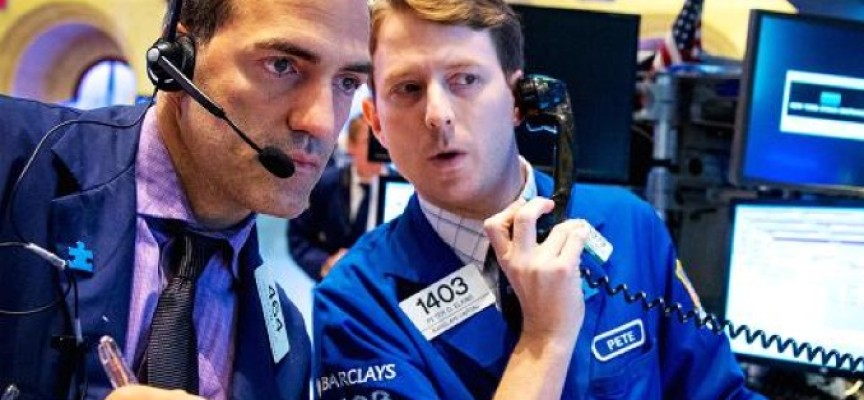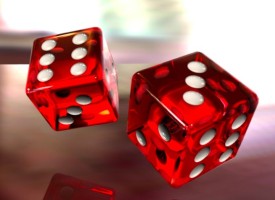With initial weakness in major markets, today King World News is featuring a piece from one of the greats in the business that reveals this is the first time we've seen this major warning signal in 8 years!
By Jeffrey Saut, Chief Investment Strategist at Raymond James
March 4 (King World News) – "It has taken the Nasdaq Composite – the index that tracks the 2,571 stocks listed on the Nasdaq Stock market – nearly 15 years to recapture the 5000 level that it briefly and memorably surpassed during the dot-com boom." — David Lutz, Jones Trading
David goes on to write, "The Nasdaq surged 3% on March 9, 2000, to close above 5000 for the first time, and inched ahead to reach its all-time closing high of 5048.62 the next day. [And] that was it: The day after that, the NASDAQ tumbled almost 150 points, on its way to a decline that would hit 78% peak to trough. There were no further closes above 5000 and only four days involving intraday trades above that level, the last on March 27, 2000. By mid-April the Nasdaq was back to 3,321."
So, where were the "hats" on Monday when the NASDAQ breached 5000? I remember the Dow 10000 "hats" when the D-J Industrials (INDU/18203.37) closed above 10000 for the first time on March 30, 1999. Shortly thereafter, in September of that year, there was a Dow Theory "sell signal," which I wrote about suggesting that according to Dow Theory the best had been seen and discounted.
I was bearish from that time forward and looked foolish by staying bearish into the Dow's ultimate peak in the spring of 2000. I did not reverse that bearish stance, except for a few short-term trading calls, until the Dow Theory "buy signal" of June 2003. The next signal occurred on November 21, 2007, where another Dow Theory "sell signal" was registered, which was likewise reversed in the summer of 2009 with a Dow Theory "buy signal." Since then, I have stayed long-term bullish (hereto except for some short-term trading calls), believing we are in a secular bull market that has years left to run.
I revisit these inflection points this morning not because the NASDAQ has tagged 5000, but because near each one of those inflection points the Bollinger Bands® have narrowed. According to Investopedia, "Because standard deviation is a measure of volatility, Bollinger Bands® adjust themselves to the market conditions.
When the markets become more volatile, the bands widen, and during less volatile periods, the bands contract. The tightening of the bands is often used by technical traders as an early indication that the volatility is about to increase sharply." This narrowing happened at the beginning of 2013 right before the S&P 500 (SPX/2107.78) started its "moonshot" coincident with a Dow Theory "buy signal;" and, it happened in 2007 coincident with a Dow Theory "sell signal."
Major Warning Signal Flashing RED For First Time In 8 Years!
Well, it has just happened again with the Bollinger Bands® at their narrowest since late 2007. Unfortunately, the "bands" do not tell us which way the markets are going to move, but that a move of some consequence is coming. Quite frankly, 5000 is just a random number, but it does have a psychological impact for investors on a shorter-term basis. Longer term it is essentially meaningless. This morning, however, it is meaningful with the SPX futures off 8 points. We will see if the 2080 – 2100 level holds. ***ALSO JUST RELEASED: Fleckenstein – We Are Now Set Up For One Of The Most Spectacular Financial Disasters In History CLICK HERE.
© 2015 by King World News®. All Rights Reserved. This material may not be published, broadcast, rewritten, or redistributed. However, linking directly to the blog page is permitted and encouraged.
The audio interviews with Michael Pento, Gerald Celente, David Stockman, Marc Faber, Eric Sprott, Felix Zulauf, Andrew Maguire, John Mauldin, Egon von Greyerz, Dr. Paul Craig Roberts, Lord Christopher Monckton, Bill Fleckenstein, Dr. Philippa Malmgren, Stephen Leeb, John Embry and Rick Santelli are available now. Other recent KWN interviews include Jim Grant — to listen CLICK HERE.






